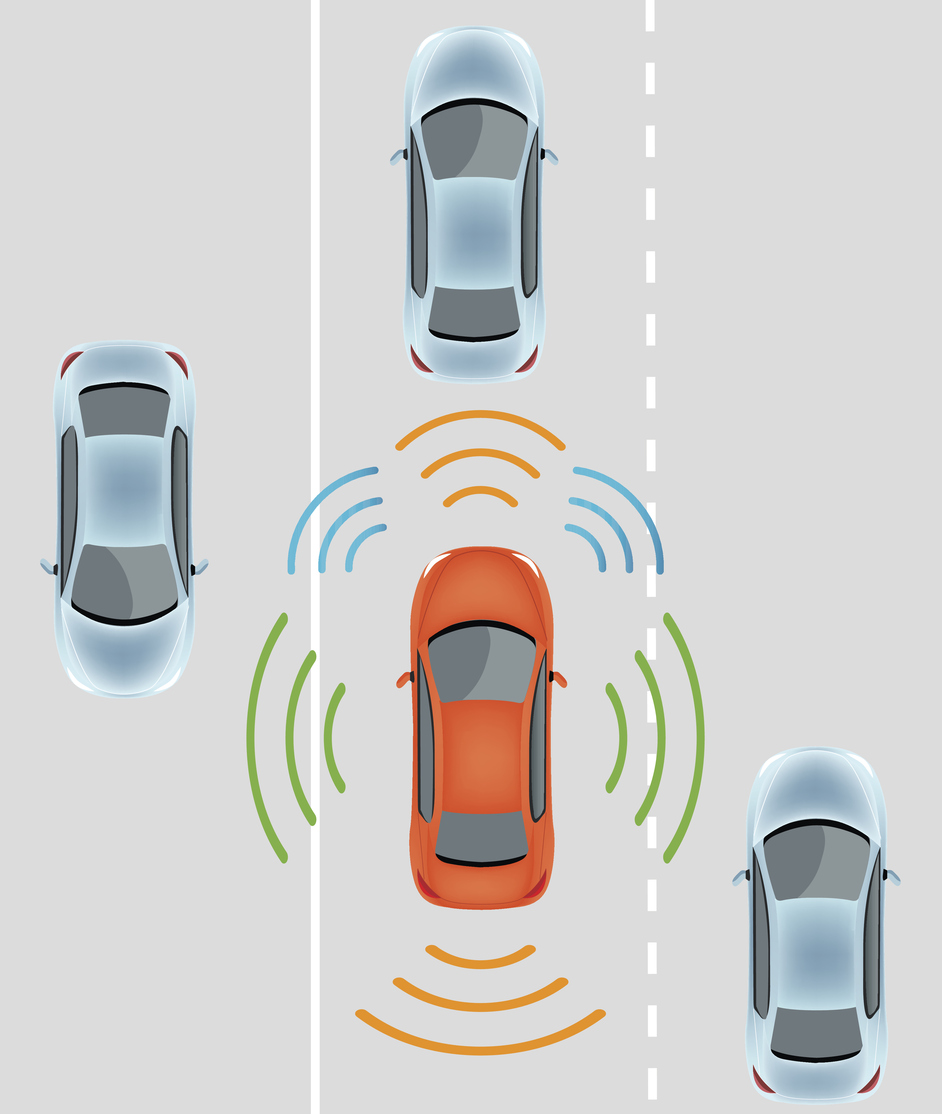By: Peter Hancock, University of Central Florida
 Much of the push toward self-driving cars has been underwritten by the hope that they will save lives by getting involved in fewer crashes with fewer injuries and deaths than human-driven cars. But so far, most comparisons between human drivers and automated vehicles have been at best uneven, and at worst, unfair.
Much of the push toward self-driving cars has been underwritten by the hope that they will save lives by getting involved in fewer crashes with fewer injuries and deaths than human-driven cars. But so far, most comparisons between human drivers and automated vehicles have been at best uneven, and at worst, unfair.
The statistics measuring how many crashes occur are hard to argue with: More than 90 percent of car crashes in the U.S. are thought to involve some form of driver error. Eliminating this error would, in two years, save as many people as the country lost in all of the Vietnam War.
But to me, as a human factors researcher, that’s not enough information to properly evaluate whether automation may actually be better than humans at not crashing. Their respective crash rates can only be determined by also knowing how many non-collisions happen. For human drivers is it one collision per billion chances to crash, or one in a trillion?
Assessing the rate at which things do not happen is extremely difficult. For example, estimating how many times you didn’t bump into someone in the hall today relates to how many people there were in the hallway and how long you were walking there. Also, people forget non-events very quickly, if we even notice them happening. To determine whether automated vehicles are safer than humans, researchers will need to establish a non-collision rate for both humans and these emerging driverless vehicles.

